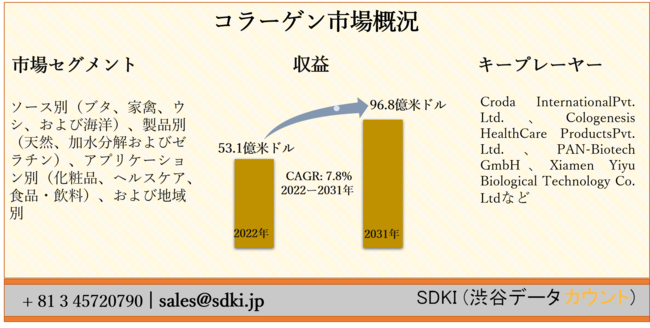A distress beacon is an electronic device that is used in a life threatening situation. When activated, it assists rescue authorities in their search operations to locate those in distress. Radio beacon can be activated from anywhere from the earth’s surface, regardless of land, air, or sea. The transmitted signal is received by the international search and rescue satellite systems. After receiving the signal, these signals are notified to ground stations. The distress call is escalated to the rescue co-ordination center responsible for arranging search operations in that region. There are three types of radio beacons, namely personal locator beacon (PLB), emergency positioning indicating radio beacon (EPIRB), and emergency locator transmitter (ELTs) that are used to transmit distress signals. These beacon signals are used in land, maritime, and air applications.
Emergency locator transmitter (ELT) is widely used as distress radio beacon in the aviation industry. Further, a distress beacon once activated due to life threatening situations can continuously transmit signals up to 24 hours. ELTs were the first emergency beacons developed in the U.S and most civil aircrafts were required to carry them. Earlier ELTs were intended to be used on the 121.5 MHz frequency to alert aircraft flying overhead. ELT’s operating on 121.5 MHz and 406 MHz are currently in use. ELT’s operating on 121.5 MHz has several disadvantages such as false alarms and no identification data over 406 MHz ELT.
Currently, beacons operating on 121.5 MHz are no longer licensed to use and is no longer being detected by satellites. Aircrafts are required to carry an Emergency Locator Transmitter (ELT) in flight under Civil Aviation Safety Authority (CASA) regulations. Beacon registration is compulsory in many cases and can be completed online without any cost. ELT beacons can continuously transmit signals for 24 hours once it has been activated.
Request For COVID-19 Impact Analysis -
Increasing safety requirements of aviation commuters and stringent rules and regulations of the aviation sector and governments are the key growth factors driving the distress radio beacon in aviation market. However, high cost of radio beacons operating on 406 MHz can act as a challenge for the distress radio beacon in aviation market. Furthermore, the aviation industry is trying to enhance customer experience by introducing beacons at airports .These beacons at airports can provide the traveler with the indoor way finding and nearby promotions at the airport based on the customer’s proximity. Introducing beacons would also enhance the travelers overall experience by helping them to find their boarding gates and time left to board the aircraft.
Distress radio beacon in aviation market can be segmented in terms of technology, application, and region. By technology, the distress radio beacon in aviation market can be segmented into analog and digital. By application, the distress radio beacon in aviation market can be segmented into defense aircraft, commercial aircrafts, and charter planes. Distress radio beacons in commercial airplanes have the highest market share among all aircraft applications.
Geographically, distress radio beacon in the aviation market is segmented as North America, Asia Pacific, Europe, South America, and Middle East & Africa (MEA). North America is expected to dominate the distress radio beacon in aviation market due to high freight traffic & passenger commute and due to presence of manufacturing companies in North America.
Read More Press Release@ https://www.prnewswire.com/news-releases/global-shared-mobility-market-to-grow-at-a-cagr-of-8-over-the-period-between-2018-and-2026-reaching-a-value-of-us-608-bn-by-2026-transparency-market-research-300998575.html
Major players present in the distress radio beacon in aviation market includes Honeywell International Plc, Thales Group, Hamilton Sundstrand, Meggit Plc, Emteq Inc., UTC Aerospace System, Zodiac Aerospace, A.C.R Electronics, McMurdo Group, ACK Technologies, Cobham Plc, and Emergency Beacon Corporation. Some other prominent players include GME Emergency Beacons, JOTRON AS, Kannad Marine, Kinetic Technologies, and Beacon Marine Electrical and Electronics. These players are continuously investing in research and development activities to develop new innovative products that have less false alarms as well as gives precise identification and location.







0 comments:
Post a Comment